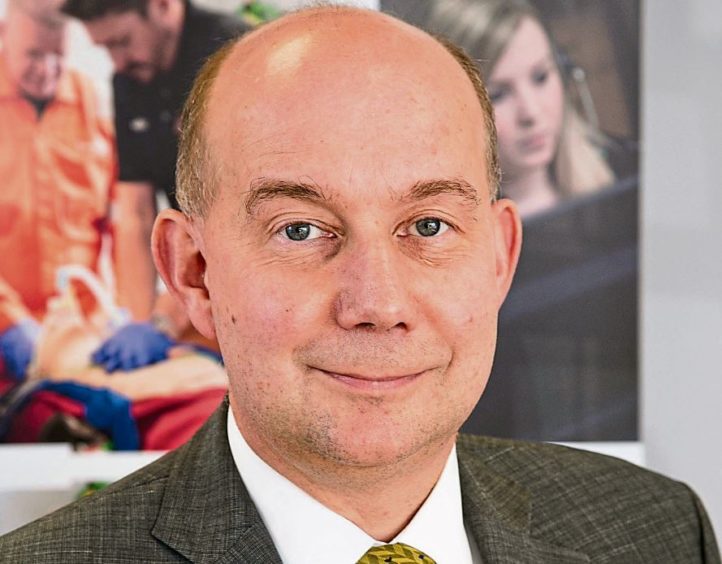
Combining a mixture of clinical and safety responsibilities can, in the right circumstances, be extremely effective and perhaps nowhere is this more apparent than in the offshore oil and gas sector.
The reason is simple: Both clinical and safety operations are integral to current working practices in an offshore environment, so it makes sense that both the clinical role of a medic and the role of a health, safety and environmental advisor are integrated in the HSEA medic position.
The clinical aspect of the dual role enables the provision of best practice care in the event of injury or illness. In these remote locations, the clinical skills provided by the medic are essential in the diagnosis of illness or infection, under the guidance of the topside doctor team onshore.
This expert knowledge and experience ensures the workforce is properly cared for and informs crucial decision-making about treatment, including whether or not to send individuals onshore, either directly to the clinic or via the hospital.
In the event that emergency care is required, it can take up to an hour to receive coastguard support. An onsite clinical practitioner can provide treatment and maintain the stability of a patient’s condition until they can be transferred onshore for further care.
Meanwhile safety skills work in a preventative way. By ensuring that policy, risk management, assurance and promotion of safe practice is carried out daily, accidents and injury can be avoided in the first place.
So why is this especially important in the offshore oil and gas industry?
There is an inherent safety culture in the North Sea, driven in no small part by the changes introduced in the Cullen Report. It ensures there is appropriate governance in place, which is vital from both a clinical and a safety perspective.
Due to the hazardous nature of the offshore environment, safety skills are crucial.
Offshore workers are surrounded by a variety of hazardous plant and equipment, while at the same time responsible for completing high-risk tasks in all, and often extreme, weather conditions.
Of course, key to the success of the HSEA medic role is proper management. Failure to ensure standards are met at every stage runs the risk of workers being not fit for task or becoming unwell in a remote environment, which in turn impacts health risks and, potentially, productivity. It could result in poor care, misdiagnosis of illness or the wrong treatment being provided.
Or, it can lead to the failure of health and safety inspections and, in extreme circumstances, the operator may be asked to cease all production.
The culture within a workforce could also be impacted. If we don’t care about and look after each other, the culture can become toxic, resulting in an increase in accidents and incidents – all of which is far from ideal in a remote, close- quartered environment.
The integrated role should be introduced during the planning process of any new facility or offshore installation to ensure everything is in place prior to launch, but the dual role can also be incorporated when looking to reorganise an existing asset.
HSEA medics are tasked with looking after a workforce’s wellbeing, caring for both mental and physical illness, and it is important to ensure a holistic approach is taken towards the needs of those working in what can be an intense and restricted environment.
In a world driven by production and growth statistics, the HSEA medic is the conscience of the platform, ensuring that decisions and recommendations are not influenced by targets but by welfare and safety.
Recommended for you
